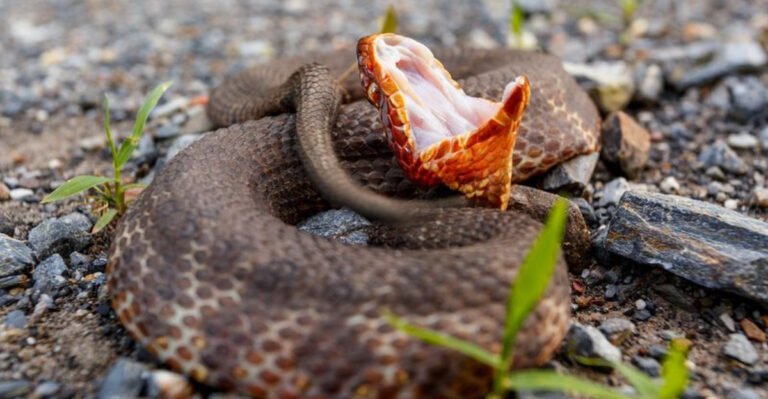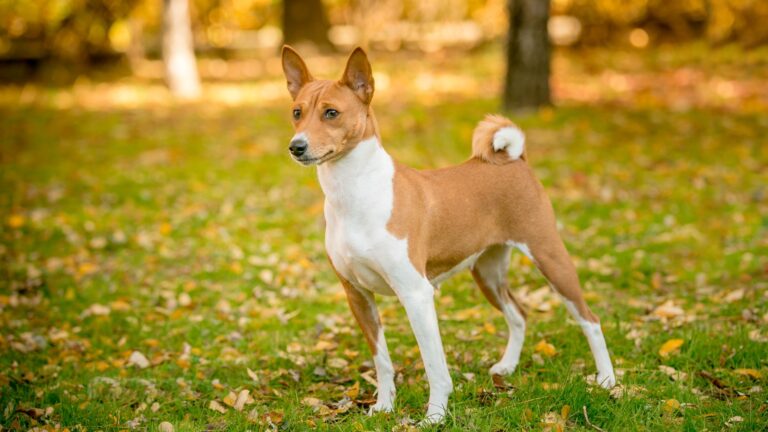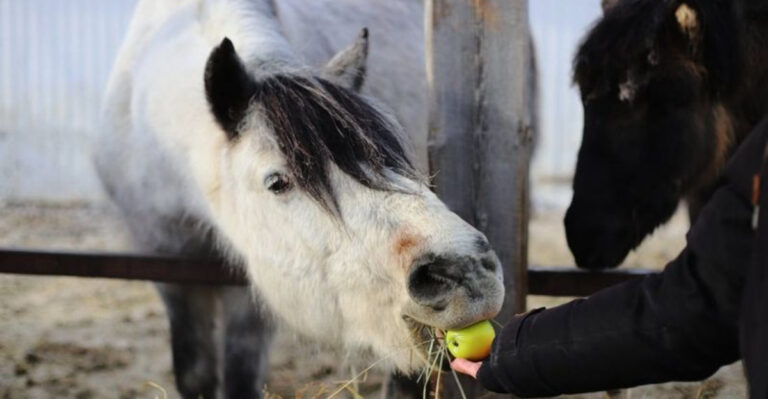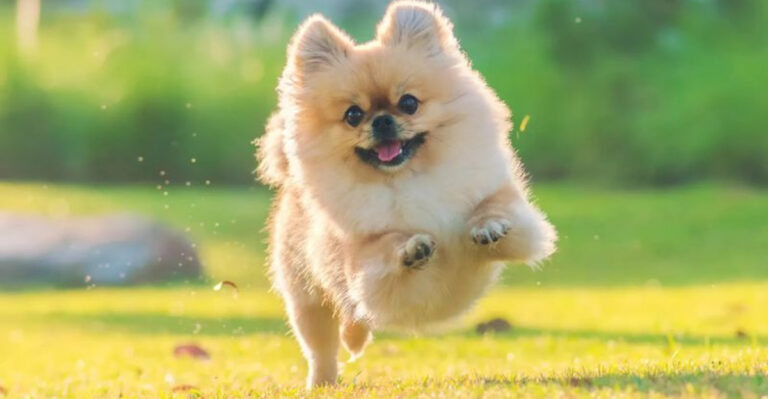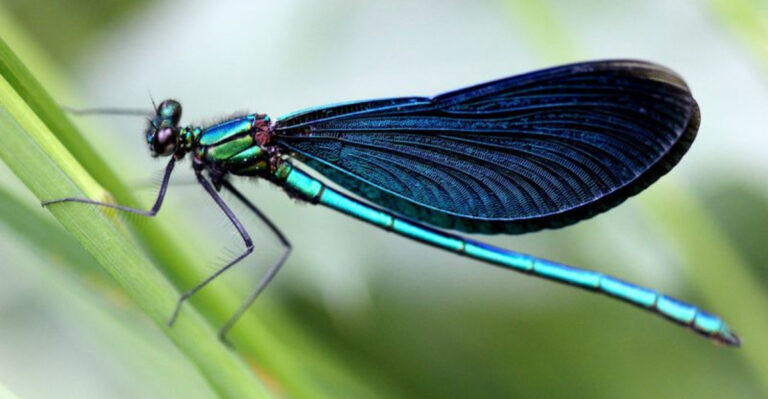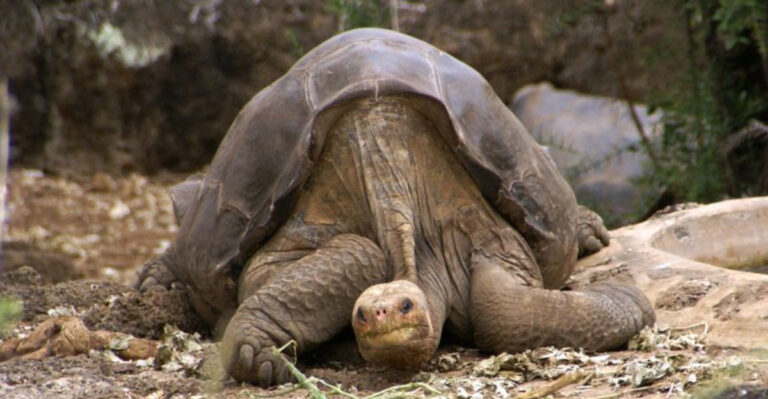15 Powerful Animal Moments In U.S. Military History
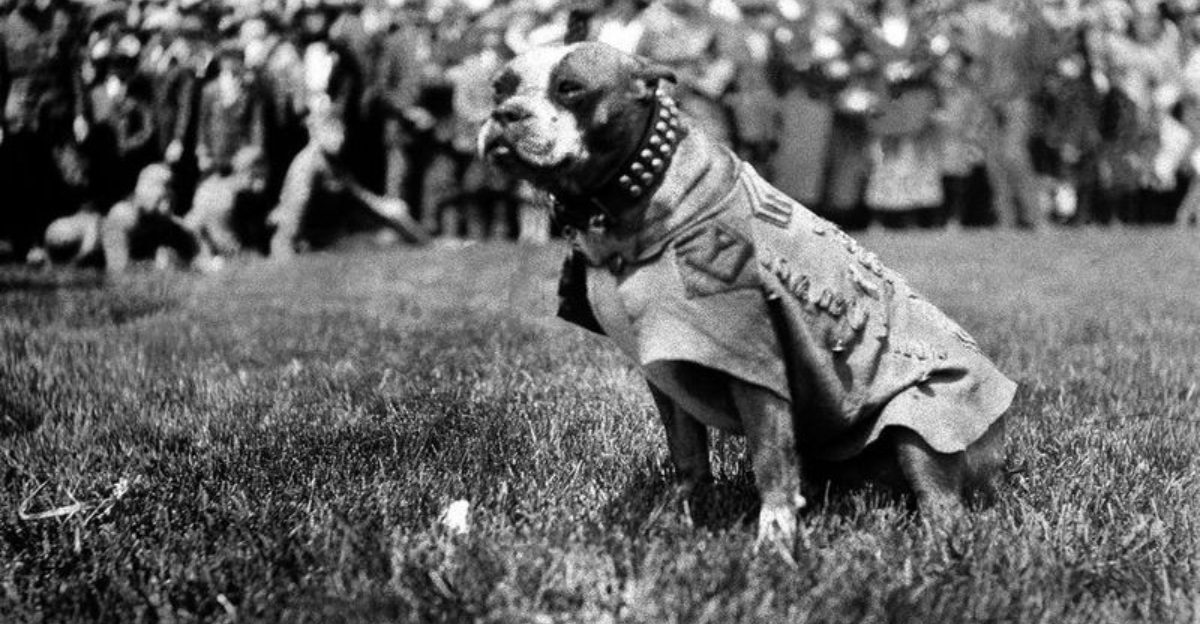
Throughout America’s military history, animals have served alongside human soldiers with extraordinary courage and loyalty.
From the battlefields of World War I to modern combat zones, these four-legged and winged warriors have saved countless lives, delivered critical messages, and provided comfort during humanity’s darkest hours. Their stories of bravery and sacrifice represent an often overlooked chapter in our nation’s military heritage.
1. The Pigeons That Saved Lives During World War II
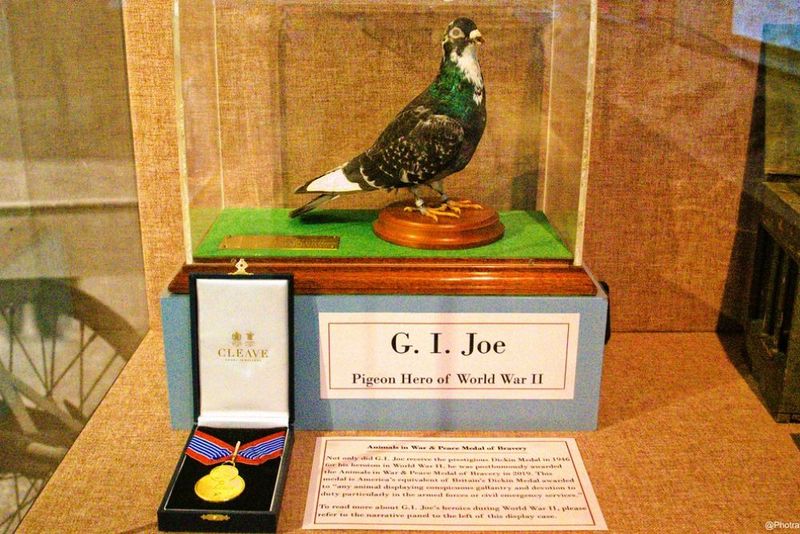
G.I. Joe wasn’t your average bird. This heroic pigeon flew 20 miles in just 20 minutes to deliver a message that stopped Allied forces from bombing an Italian town still occupied by British troops.
His lightning-fast flight saved over 1,000 lives. The feathered hero received the Dickin Medal for gallantry, the animal equivalent of the Victoria Cross, and lived to the ripe old age of 18.
2. The Use Of War Horses In Civil War Battles
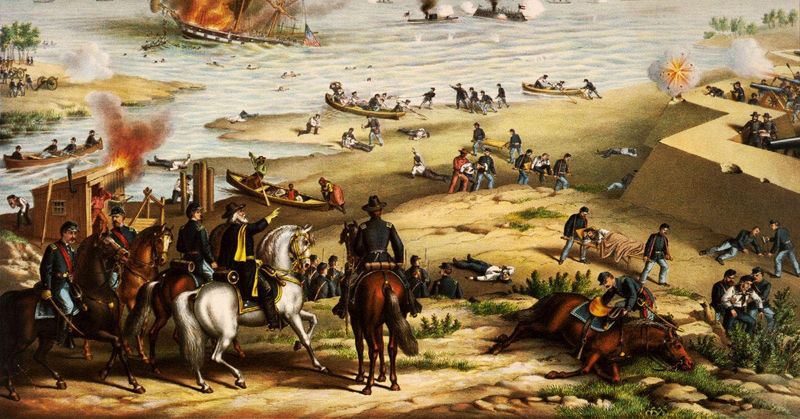
Thundering across battlefields, nearly one million horses served during America’s bloodiest conflict. These magnificent animals carried generals like Robert E. Lee’s famous Traveller and Ulysses S. Grant’s Cincinnati into history.
More than just transportation, horses formed deep bonds with their riders. Many soldiers wrote home more about their equine companions than about the fighting. Tragically, about half of these loyal steeds perished during the war.
3. The Role Of Dogs In The Vietnam War
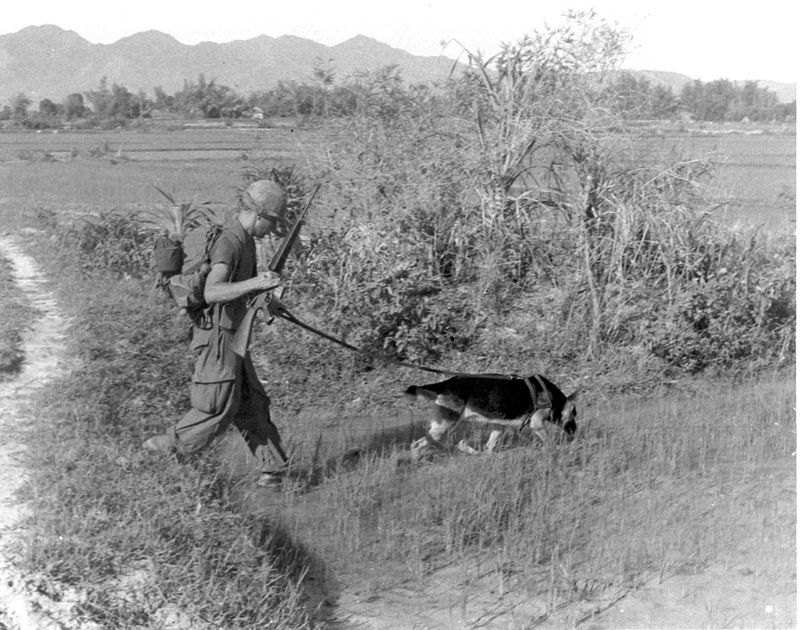
Approximately 4,000 dogs served in Vietnam, saving an estimated 10,000 American lives. German Shepherds like Nemo A534 patrolled the perimeter of military bases, detecting ambushes before human sentries could.
Scout dogs led patrols through dense jungle, alerting handlers to tripwires and booby traps. Despite their heroism, only about 200 of these four-legged warriors made it back to American soil after the war ended.
4. Sgt. Stubby, The World War I War Hero
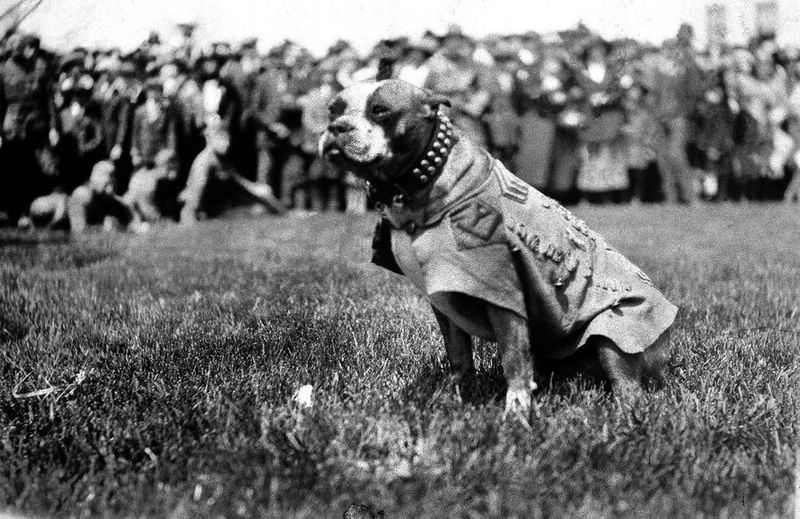
Found wandering around Yale University in 1917, this bull terrier mix became the most decorated war dog in American history. Stubby served in 17 battles on the Western Front, warning soldiers of gas attacks by barking frantically.
He could locate wounded men in no man’s land and even caught a German spy by the seat of his pants! After the war, Stubby met three presidents and became a lifetime member of the American Legion.
5. The Heroism Of The U.S. Military’s Combat Dolphins
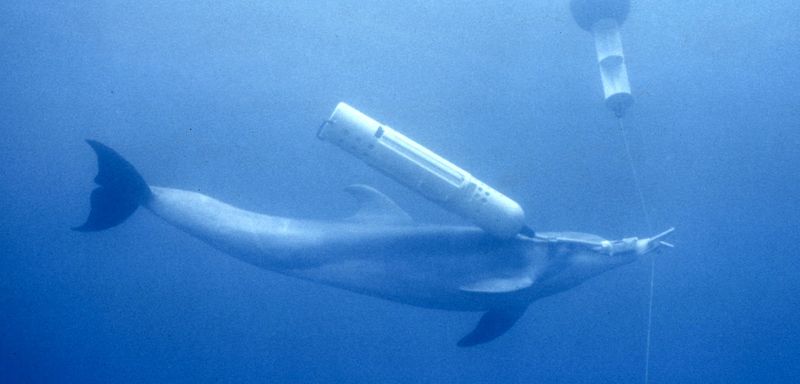
The Navy’s Marine Mammal Program began in 1960, training bottlenose dolphins to locate underwater mines and recover lost equipment. These intelligent mammals can dive deeper than any human diver without getting the bends.
During the Iraq War, dolphins cleared the port of Umm Qasr of explosives in just days. Their biosonar capabilities remain superior to any technology humans have developed, making them irreplaceable assets in underwater detection missions.
6. Cher Ami, The Pigeon Hero Of World War I
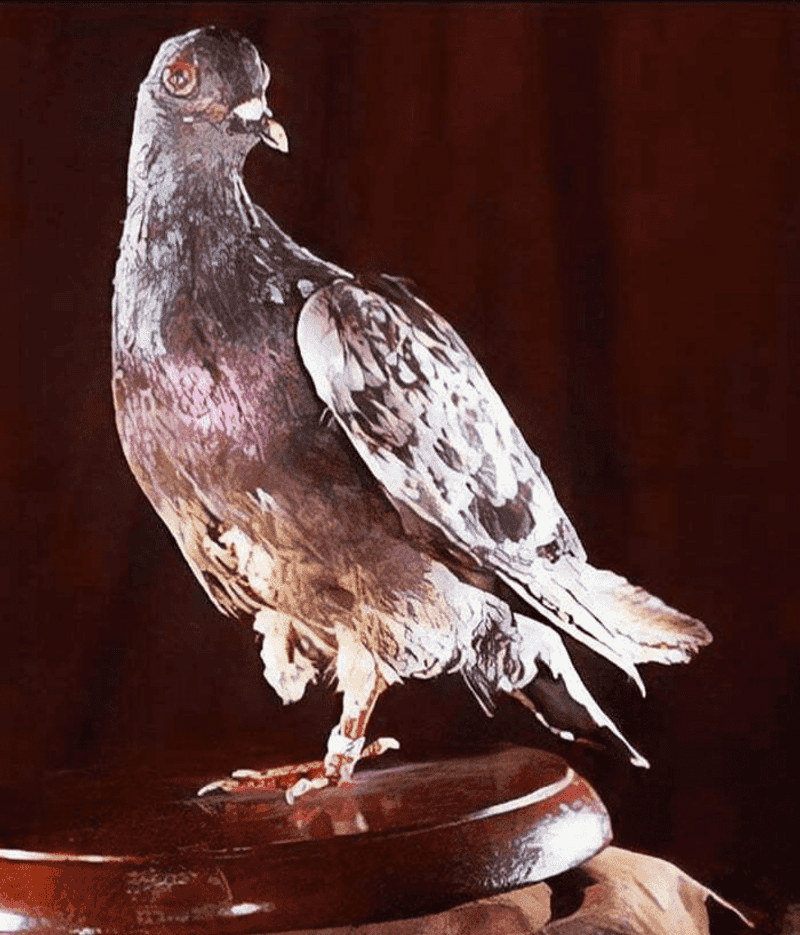
Shot through the chest, blinded in one eye, and with a leg hanging by a tendon, Cher Ami still delivered his message. This determined carrier pigeon saved 194 trapped American soldiers of the “Lost Battalion” in the Argonne Forest in 1918.
Army medics fashioned a tiny wooden leg for the bird after amputation. Cher Ami received the French Croix de Guerre with Palm and is now preserved at the Smithsonian National Museum of American History.
7. The First Military Dogs Of WWII
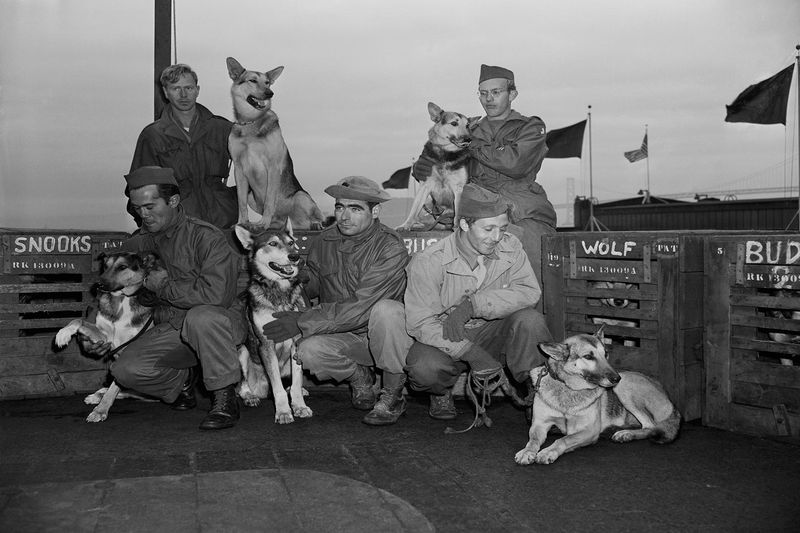
America’s K-9 Corps officially formed in March 1942, with patriotic civilians donating their pets to the war effort. Within months, these civilian pups transformed into disciplined soldiers trained for sentry duty, messenger service, and mine detection.
Dogs like Chips, a German Shepherd-Collie mix, attacked enemy machine gun nests and took prisoners. The program was so successful that by war’s end, the military had trained over 10,000 dogs for combat duty.
8. The Story Of The “Horse Cavalry” In World War II
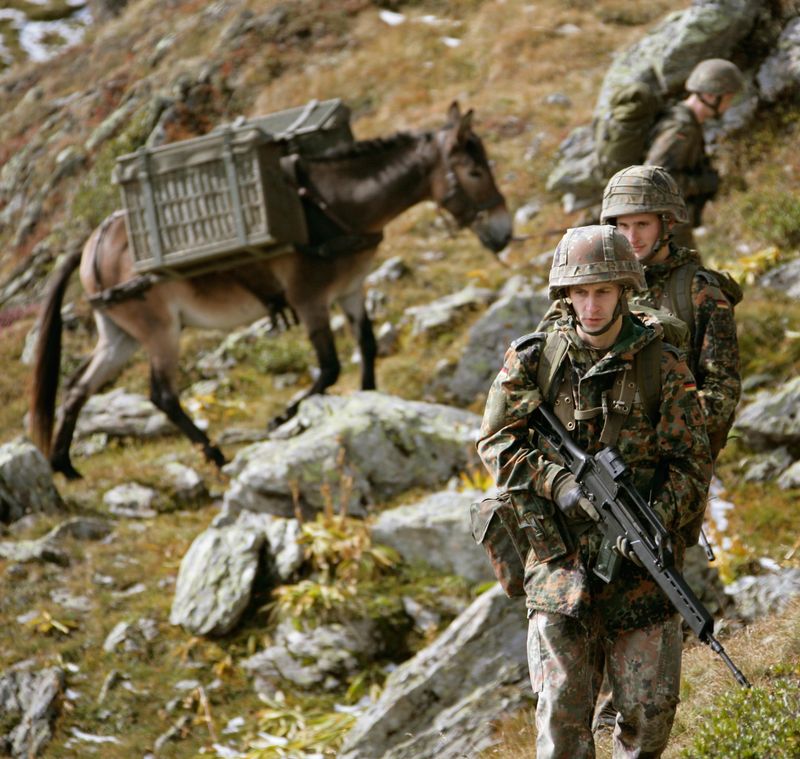
While tanks dominated most battlefields, horses remained crucial in mountainous and remote regions where mechanized vehicles couldn’t operate. The 5307th Composite Unit (Merrill’s Marauders) relied on pack horses to carry supplies through the jungles of Burma.
In Europe, the 10th Mountain Division used mules to transport artillery pieces up steep Alpine slopes. Even the German army, despite its reputation for mechanization, depended on over 2.7 million horses throughout the war.
9. The U.S. Navy’s Bomb-Sniffing Sea Lions
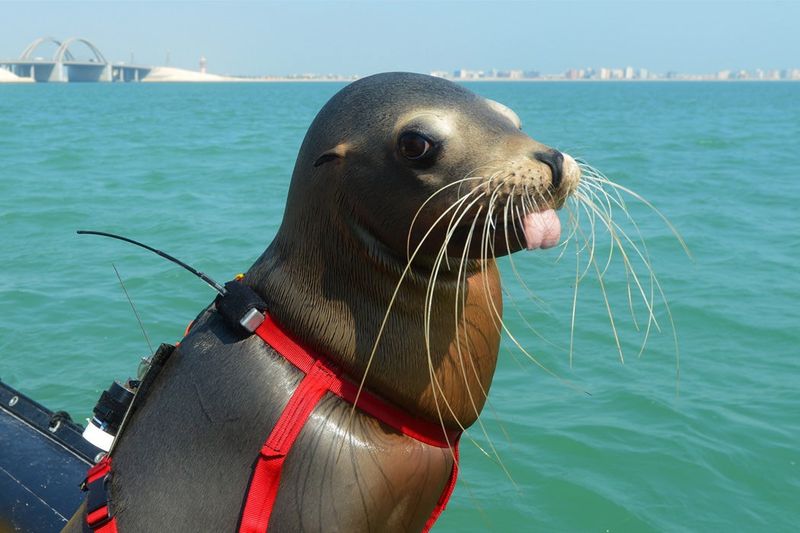
California sea lions joined the Navy’s marine mammal program in the 1970s, bringing unique skills to underwater security operations. These agile creatures can swim at speeds up to 25 mph and dive to depths of 1,000 feet.
Unlike dolphins, sea lions have exceptional directional hearing underwater and can see in near-darkness. They excel at attaching recovery equipment to mines and can even handcuff unauthorized divers using special leg cuffs carried in their mouths!
10. The Heroic Actions Of K9 Dogs In The Iraq War
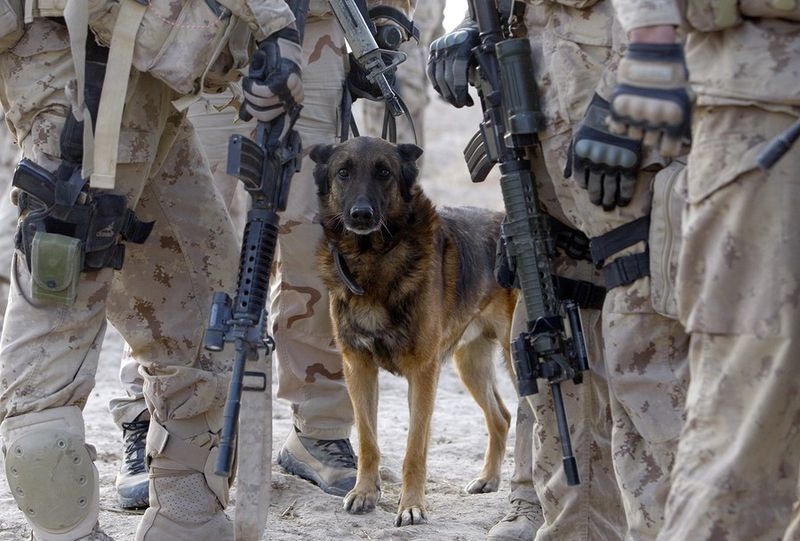
Cairo, the Belgian Malinois who accompanied SEAL Team Six during the Bin Laden raid, represents just one of thousands of military working dogs who served in Iraq. These four-legged soldiers detected explosives that technology couldn’t find, saving countless lives.
Cairo and his fellow K9s wore bulletproof vests, tactical goggles, and even night-vision equipment. The bond between handlers and their dogs became legendary, with many soldiers adopting their partners after deployment.
11. The Use Of Elephants In The U.S. Military In The Early 20th Century
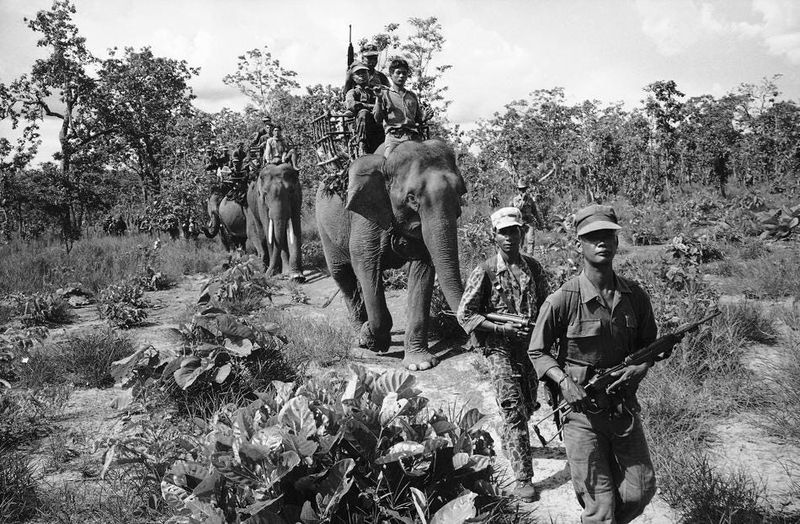
When the U.S. Army Corps of Engineers needed to move massive logs for construction projects in the early 1900s, they turned to an unexpected solution: elephants. These gentle giants could lift and carry weights that would require multiple machines.
In remote jungle locations like the Philippines, elephants moved artillery pieces through terrain impassable to vehicles. One famous military elephant named Old Bet could reportedly understand over 40 verbal commands and worked tirelessly building roads and bridges.
12. The Battle Of The Rats During The Civil War
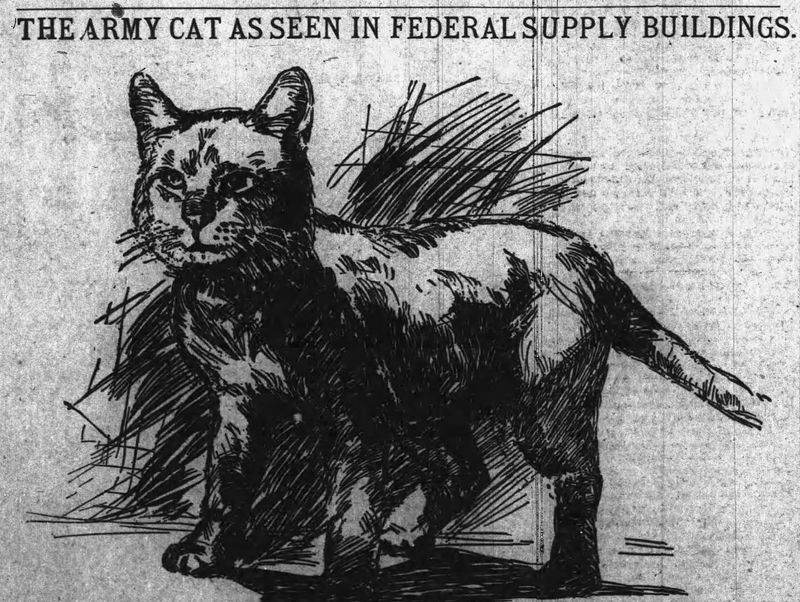
Camp life during the Civil War meant sharing quarters with unwanted furry occupants. Rats infested both Union and Confederate camps, spreading disease and devouring supplies.
Soldiers began keeping cats as unofficial “biological warfare” agents against the rodent menace. One famous feline, Old Tom of the Pennsylvania Volunteers, reportedly caught a record 47 rats in a single night! Some regiments even included cats on their official roster as “mousers.”
13. The Role Of Horses In The Battle Of The Little Bighorn
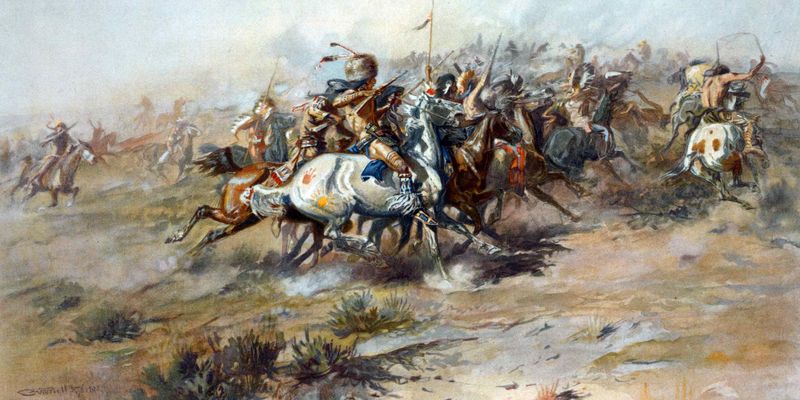
At Little Bighorn in 1876, Custer’s 7th Cavalry rode into battle on horses that had marched nearly 73 miles in just three days. These exhausted mounts faced Lakota and Cheyenne warriors riding fresh, nimble ponies specifically bred for battle.
Native American horses were trained to respond to knee pressure rather than reins, leaving warriors’ hands free to shoot arrows. This tactical advantage in mounted warfare contributed significantly to Custer’s devastating defeat.
14. The Service Of Military Dogs In The War On Terror
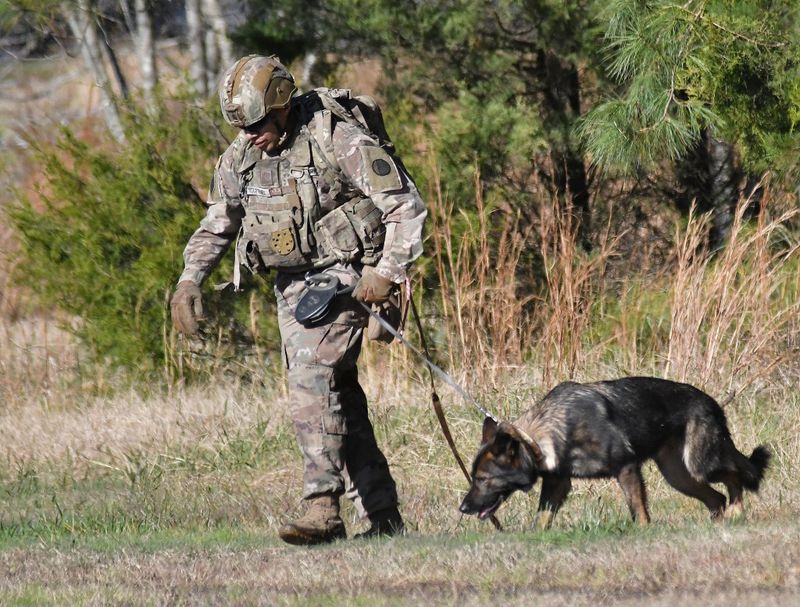
Military working dogs have deployed over 40,000 times since 9/11, with each canine saving an estimated 150-200 lives. The most famous, Cairo the Belgian Malinois, participated in the raid that eliminated Osama bin Laden.
Modern war dogs wear $30,000 tactical vests equipped with cameras and communication systems. They parachute from aircraft, rappel from helicopters, and even wear titanium teeth capable of penetrating body armor when apprehending suspects.
15. The Remarkable Story Of “Rags” The Dog In World War I
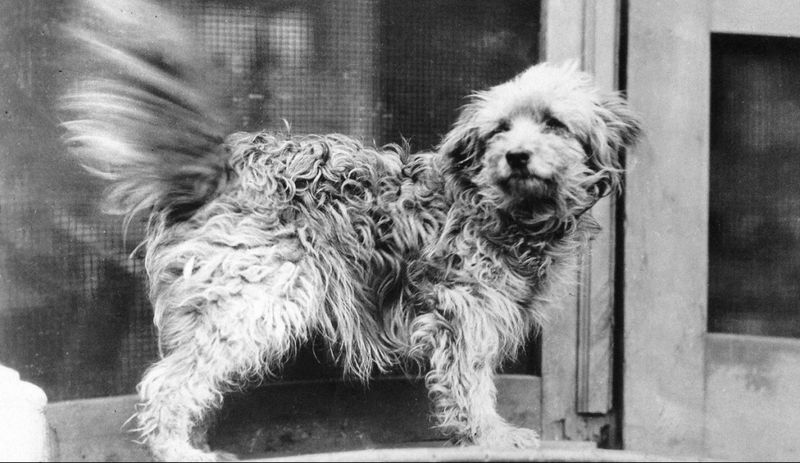
A scruffy Paris stray adopted by American soldiers in 1918, Rags became an unlikely war hero. This terrier mix learned to run communication wires through battlefields and deliver messages when radio systems failed.
During the Meuse-Argonne offensive, Rags carried a critical message through heavy shelling despite being partially blinded by gas and wounded by shrapnel. After the war, he lived at Fort Hamilton, wearing a special coat decorated with medals until his death in 1936.

